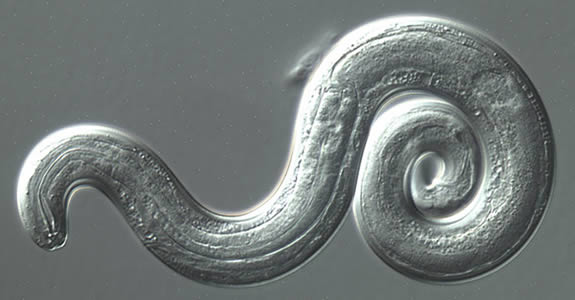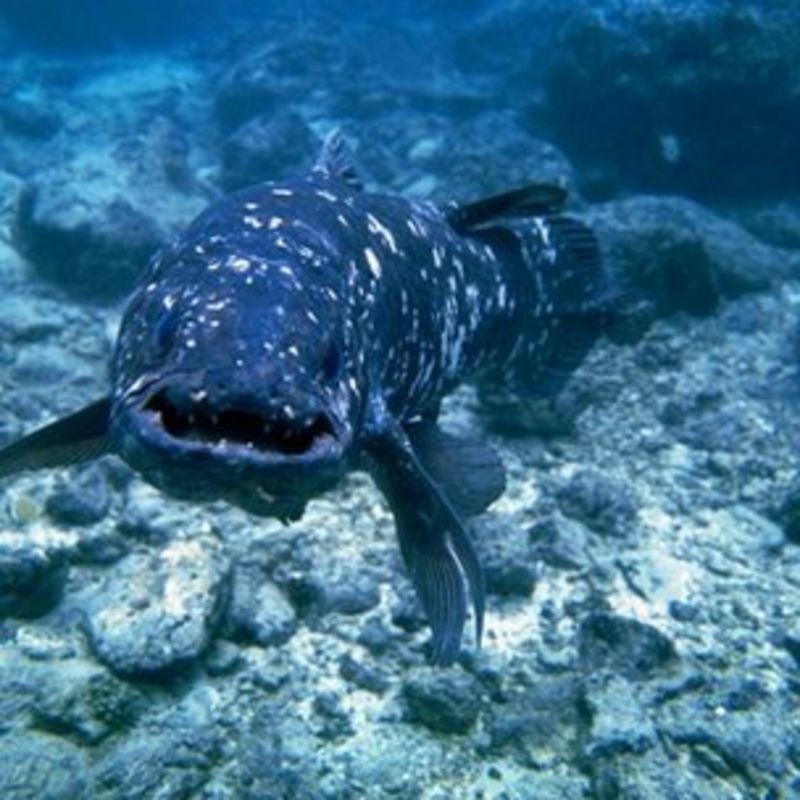- cross-posted to:
- [email protected]
- cross-posted to:
- [email protected]
It started with a bizarre burning sensation in her feet. Over the next two days, the searing pain crept up her legs. Any light touch made it worse, and over-the-counter pain medicine offered no relief.
On the third day, the 30-year-old, otherwise healthy woman from New England went to an emergency department. Her exam was normal. Her blood tests and kidney function were normal. The only thing that stood out was a high number of eosinophils—white blood cells that become active with certain allergic diseases, parasitic infections, or other medical conditions, such as cancer. The woman was discharged and advised to follow up with her primary care doctor.
…
In a case report published in the New England Journal of Medicine, doctors explain how they figured out the source of her fiery symptoms—worms burrowing into her brain. By this point, she was alert but disoriented and restless. She couldn’t answer questions consistently or follow commands.
The doctors at Mass General, including a neurologist specializing in infectious diseases, quickly focused their attention on the fact that the woman had recently traveled. Just four days before her feet began burning, she had returned from a three-week trip that included stops in Bangkok, Thailand; Tokyo, Japan; and Hawaii. They asked what she ate. In Thailand, she ate street foods but nothing raw. In Japan, she ate sushi several times and spent most of her time in a hotel. In Hawaii, she again ate sushi as well as salads.
…
Scanning for data on infections that can arise in the three places she visited and align with her symptoms, they came up with a list of 10 possible infectious causes: eight parasites and two fungal pathogens. They went through them one by one, crossing things off the list that didn’t quite fit with everything they knew of her case. They ended with angiostrongyliasis, caused by the nematode (roundworm) Angiostrongylus cantonensis, also known as rat lungworm.
…
Given the alignment of symptoms and the raw seafood and salads eaten in Hawaii, the doctors gave a presumptive diagnosis of central nervous system angiostrongyliasis. The diagnosis was confirmed with a genetic test for the parasite’s DNA in the patient’s cerebrospinal fluid (nucleic acid amplification testing).
There are no clear treatment strategies for angiostrongyliasis, and some can recover fully without treatment after the larvae die off. In this case, the patient and her doctors decided to use a 14-day combination of the immunosuppressive steroid prednisone and the anti-parasitic drug albendazole.
Fortunately, the woman’s symptoms cleared with the treatment, and she was discharged from the hospital after six days.
It’s shit like this that makes me not want to go outside sometimes lol.
It’s spooky out there. No brain eating amoeba can get me if I’m playing. Video games in my room lol
Looking forward to the chubbyemu video on this one
Worms ate part of her brain you say? Interesting. So which cabinet position do we think she’s getting?
Hah! I KNEW it was rat lungworm! Never eat salads in the south Pacific, including Hawaii. It’s rare, but it really fucks you up. One of our friends went temporarily blind from it, and nearly died after losing a shitton of weight. Had to relearn how to speak, too. She lived, but is still a bit (permanently) fucked up from it.
Lost weight you say?
Joking but in all seriousness is it just avoiding salads or should I also avoid fruit in Hawaii?
In case you enjoy webcomics, especially extremely vintage ones, there’s one called Sluggy Freelance. One pretty early storyline has the protagonists encounter vampires and discover that turning into a vampire automatically makes you skinny, gives you abs, etc. They recommend that the vampires advertise this, which is initially rejected, but …
I don’t know whether it’s maintained its quality, but it looks like it’s still ongoing! I don’t have the time to spend hours of my life reading comics anymore, but when I did, I greatly enjoyed this one.
edit: https://sluggy.com
It sounds like fruit could theoretically be affected, though I’ve never heard of anyone getting it from anything aside from salads. Fruit with skin (bananas, coconuts, oranges, pineapple) would also be fine.
It also is very rare. Most people pound salads in the south Pacific and are fine
You might have been joking, but people have intentionally infected themselves with tapeworm to lose weight. I couldn’t imagine allowing that horror into my body.
American diet influencers have entered the chat
The potential severity of this infection is underplayed a bit in the article, there was a young Australian man who ate a slug on a dare which left him disabled and eventually lead to complications which killed him.
Albendazole is widely available at least so good to know if I ever find slug tracks on a half eaten salad!
Oh good. Another thing to be afraid of.
Yeah, salads…
How did her eating the sushi cause worms to spawn in her feet?
I’m just assuming, but they were never in her feet. They migrated from her digestion system to her brain. The pain in her feet and legs was a product of the parasites munching on her brain.
Anything that interacts with the parasite can be infected if food is not cooked. Possibly the sushi, but more likely the salads for the L3 larval stage parasite present in slugs.
Isn’t this also a concern with hookworms etc where they can sometimes make their way to the brain where even if they die the carcasses can cause strokes etc
So should I be avoiding sushi or salad
In the south Pacific, I’d avoid both. It’s rare, but why take the risk?
Or just ask for your salads well done, lol.
Lol, nice









